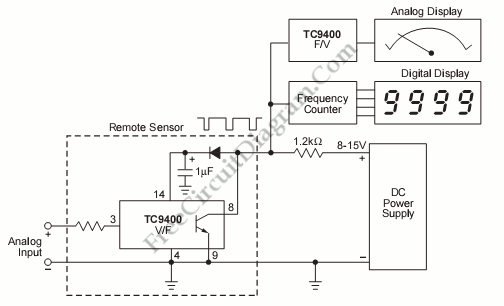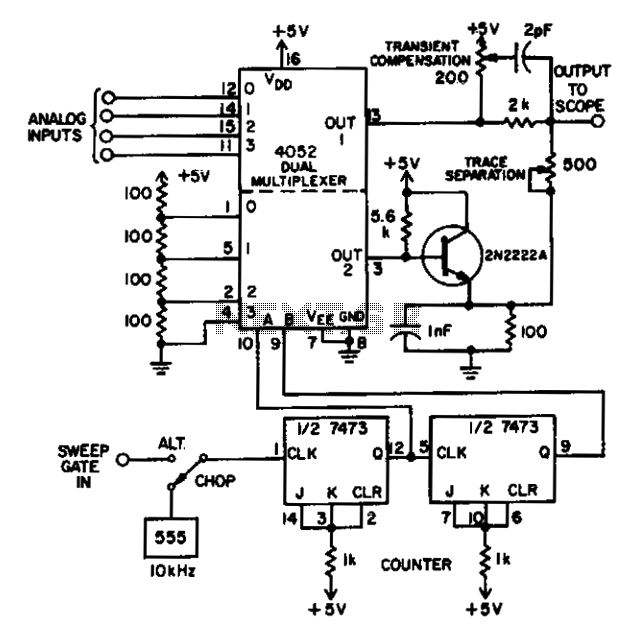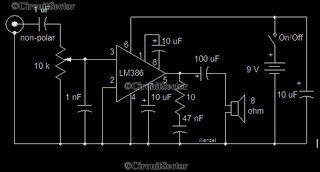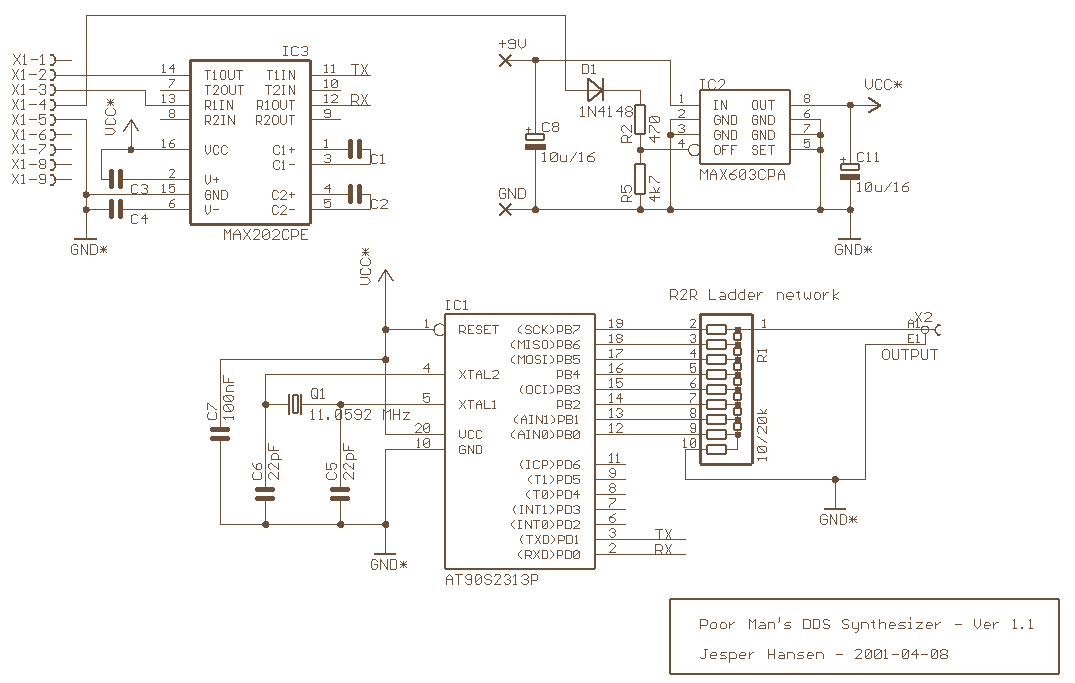
simple analog multiplier
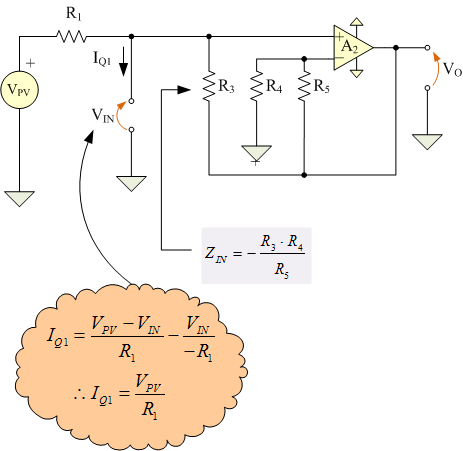
Questions frequently arise regarding the use of solar panels to power Fiber-To-The-Home (FTTH) equipment. This concept may seem unusual at first, but it is a practical solution for numerous businesses and municipalities. For instance, many municipalities have water towers, sewage lift stations, and energy delivery systems equipped with alarm sensors that require reliable power sources.
The integration of solar panels for powering FTTH infrastructure presents a sustainable approach to energy consumption, particularly in remote or underserved areas. Solar energy can provide a consistent power supply for critical components such as optical network terminals (ONTs) and associated networking equipment. The use of solar power reduces reliance on traditional grid electricity, thereby enhancing system resilience and lowering operational costs.
In a typical solar-powered FTTH setup, solar panels are installed in locations with optimal sunlight exposure. These panels convert sunlight into direct current (DC) electricity, which is then routed through a charge controller to a battery storage system. The charge controller regulates the voltage and current coming from the solar panels, ensuring that the batteries are charged efficiently while preventing overcharging.
The stored energy in the batteries can be used to power FTTH equipment during both day and night, ensuring uninterrupted service. An inverter may be included in the system to convert the DC power from the batteries into alternating current (AC) if required by certain equipment. Additionally, the system can be designed with redundancy features, such as backup generators or grid connection options, to ensure continuous operation in case of prolonged periods of low sunlight.
It is essential to consider factors such as local climate, energy consumption patterns, and equipment power requirements when designing a solar-powered FTTH system. Proper sizing of the solar array and battery bank is crucial to accommodate peak loads and ensure adequate energy supply throughout varying weather conditions. Overall, the implementation of solar panels for FTTH applications not only promotes energy independence but also aligns with environmental sustainability goals.I regularly get questions on using solar panels to power our Fiber-To-The-Home gear (FTTH). You might think that sounds kind of odd, but it makes a lot of sense for many businesses and municipalities. For example, every municipality has water towers, sewage lift stations, and energy delivery systems that have alarm sensors that need..
🔗 External reference
The integration of solar panels for powering FTTH infrastructure presents a sustainable approach to energy consumption, particularly in remote or underserved areas. Solar energy can provide a consistent power supply for critical components such as optical network terminals (ONTs) and associated networking equipment. The use of solar power reduces reliance on traditional grid electricity, thereby enhancing system resilience and lowering operational costs.
In a typical solar-powered FTTH setup, solar panels are installed in locations with optimal sunlight exposure. These panels convert sunlight into direct current (DC) electricity, which is then routed through a charge controller to a battery storage system. The charge controller regulates the voltage and current coming from the solar panels, ensuring that the batteries are charged efficiently while preventing overcharging.
The stored energy in the batteries can be used to power FTTH equipment during both day and night, ensuring uninterrupted service. An inverter may be included in the system to convert the DC power from the batteries into alternating current (AC) if required by certain equipment. Additionally, the system can be designed with redundancy features, such as backup generators or grid connection options, to ensure continuous operation in case of prolonged periods of low sunlight.
It is essential to consider factors such as local climate, energy consumption patterns, and equipment power requirements when designing a solar-powered FTTH system. Proper sizing of the solar array and battery bank is crucial to accommodate peak loads and ensure adequate energy supply throughout varying weather conditions. Overall, the implementation of solar panels for FTTH applications not only promotes energy independence but also aligns with environmental sustainability goals.I regularly get questions on using solar panels to power our Fiber-To-The-Home gear (FTTH). You might think that sounds kind of odd, but it makes a lot of sense for many businesses and municipalities. For example, every municipality has water towers, sewage lift stations, and energy delivery systems that have alarm sensors that need..
🔗 External reference

